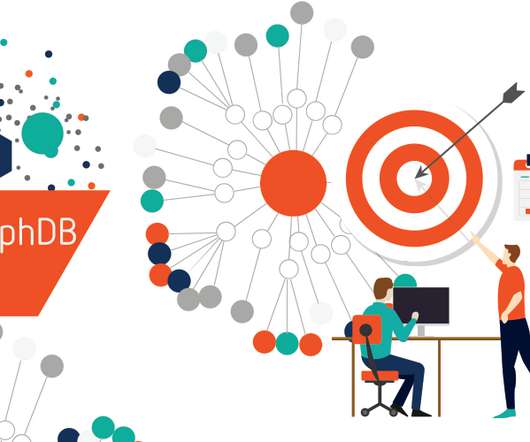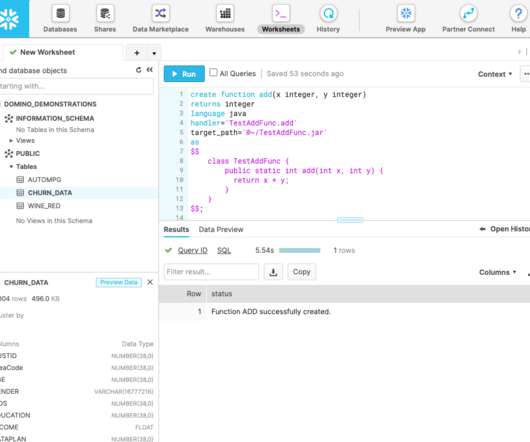Why Establishing Data Context is the Key to Creating Competitive Advantage
Ontotext
AUGUST 22, 2023
The age of Big Data inevitably brought computationally intensive problems to the enterprise. Central to today’s efficient business operations are the activities of data capturing and storage, search, sharing, and data analytics. As a result, organizations have spent untold money and time gathering and integrating data.














Let's personalize your content